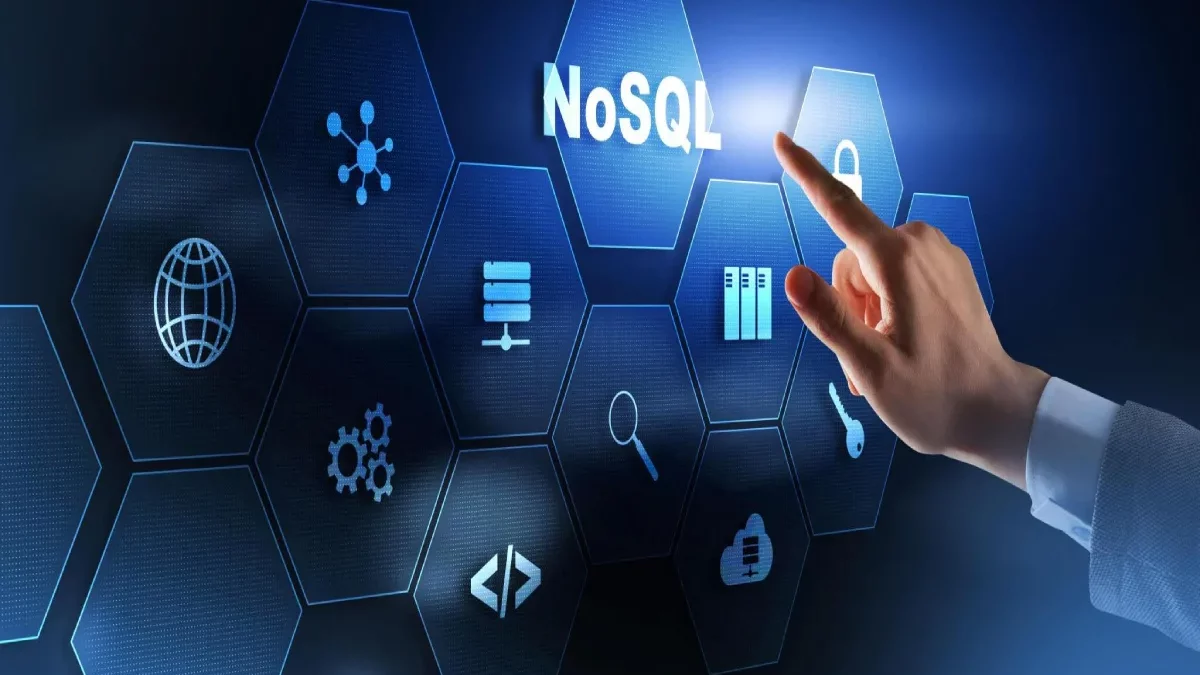Businesses are constantly seeking efficient and flexible solutions to manage their ever-growing volumes of information. NoSQL object databases have emerged as a popular choice due to their ability to handle complex data structures and scale horizontally. However, not all NoSQL object databases are created equal, and choosing the right one for your needs requires careful consideration. Here are some key factors to look for when evaluating NoSQL object databases.
Table of Contents
The Data Model
First and foremost, consider the data model supported by the database. NoSQL object databases typically offer schema-less or flexible schema models, allowing for the storage of heterogeneous data types. Look for a database that supports a rich and intuitive object-oriented data model, enabling you to represent real-world entities and relationships seamlessly. This will ensure that you can model your data in a way that closely mirrors your business domain, simplifying development and maintenance tasks.
Scalability
Scalability is another crucial aspect to consider. As your application grows and evolves, the database should be able to scale horizontally to accommodate increasing volumes of data and user traffic. Look for features such as sharding and automatic data distribution to ensure that the database can scale out across multiple nodes seamlessly. Additionally, consider the performance implications of scaling, ensuring that the database can maintain low latency and high throughput even under heavy loads.
Data Consistency
Data consistency is paramount in any database system. NoSQL object databases often offer various consistency models, ranging from strong consistency to eventual consistency. Evaluate your requirements and choose a database that provides the level of consistency that aligns with your application’s needs. Strong consistency ensures that all reads and writes are immediately visible to all clients, guaranteeing data integrity but potentially sacrificing availability. On the other hand, eventual consistency offers higher availability at the cost of potentially stale or outdated data.
Maintenance and Development
Ease of development and maintenance should also be taken into account. Look for a database that offers comprehensive developer tools, APIs, and documentation to streamline the development process. Additionally, consider the availability of management and monitoring features that simplify database administration tasks such as backup, recovery, and performance tuning. A user-friendly interface and robust support resources can significantly reduce the learning curve and ongoing operational overhead associated with managing the database.
Ecosystem and Community
Consider the ecosystem and community surrounding the database. A vibrant and active community can provide valuable resources, support, and third-party integrations that enhance the usability and extensibility of the database. Look for a database with a large and engaged user base, frequent updates and releases, and a thriving ecosystem of plugins, libraries, and tools. This will ensure that you have access to the latest advancements and best practices in NoSQL database technology, empowering you to build and maintain robust and scalable applications.
Querying and Indexing Capabilities
When evaluating NoSQL object databases, it’s essential to assess the database’s support for advanced querying and indexing capabilities. Look for features such as secondary indexes, full-text search, and geospatial queries, which enable efficient retrieval and manipulation of data based on various criteria. The ability to perform complex queries and aggregations directly within the database can significantly enhance application performance and flexibility, reducing the need for costly data processing and transformation operations outside the database.
Support for Fault Tolerance
Another crucial consideration is the database’s support for high availability and fault tolerance. Look for features such as data replication, automatic failover, and multi-region deployments to ensure continuous operation and data durability in the face of hardware failures, network partitions, or other disruptions. Additionally, consider the database’s support for data durability guarantees, such as write-ahead logging and durable storage mechanisms, to prevent data loss and corruption in the event of system failures.
Total Cost of Ownership
Consider the total cost of ownership (TCO) associated with the database, including licensing fees, infrastructure costs, and ongoing operational expenses. While open-source NoSQL object databases may offer lower upfront costs, proprietary solutions may provide additional features, support, and performance optimizations that justify the investment. Evaluate your budget constraints and long-term requirements carefully to choose a database that strikes the right balance between cost-effectiveness and functionality, ensuring that you can achieve your business goals without breaking the bank.
Final Thoughts
In conclusion, choosing the right NoSQL object database is a critical decision that can significantly impact the success of your application. By considering factors such as data model, scalability, consistency, ease of development, and ecosystem, you can select a database that meets your requirements and enables you to build powerful and resilient systems. Whether you’re building a high-performance web application, a real-time analytics platform, or a scalable IoT solution, a well-chosen NoSQL object database can provide the foundation for success in today’s data-driven world.

